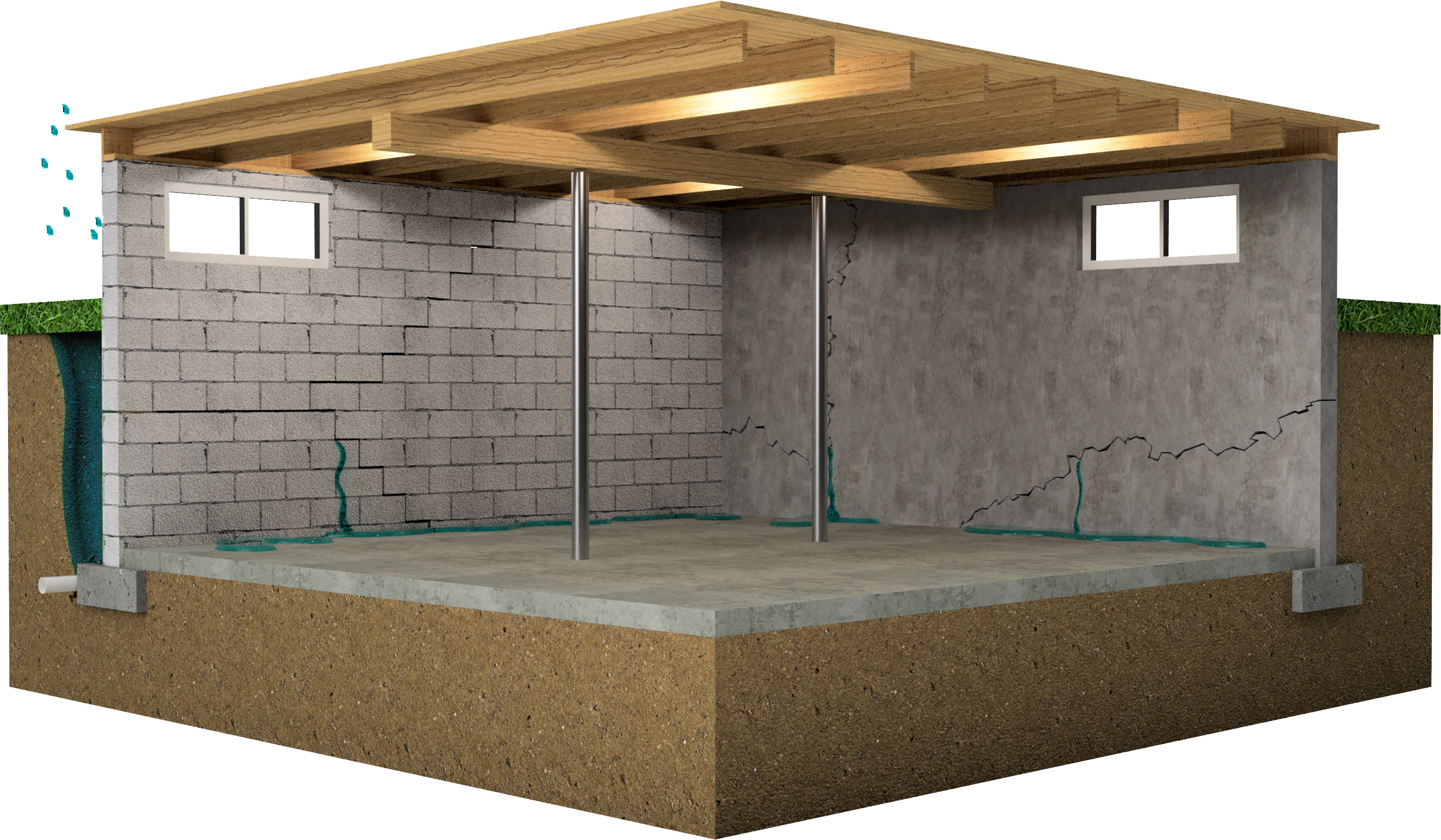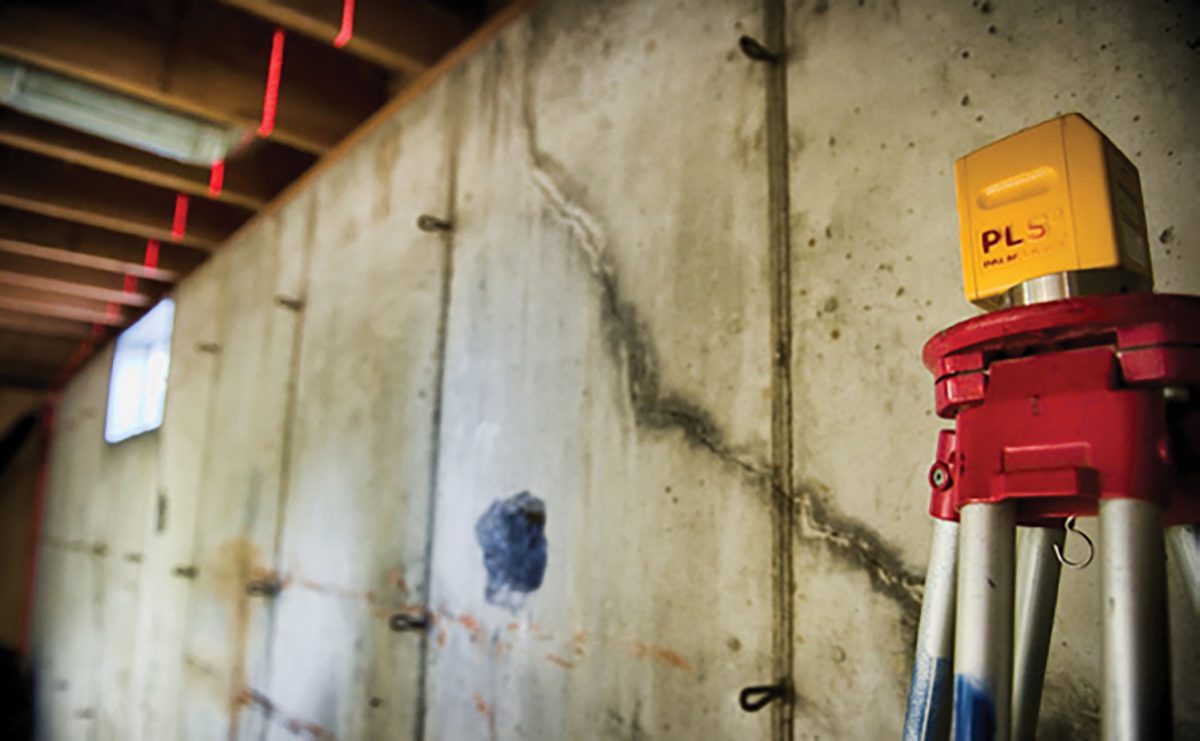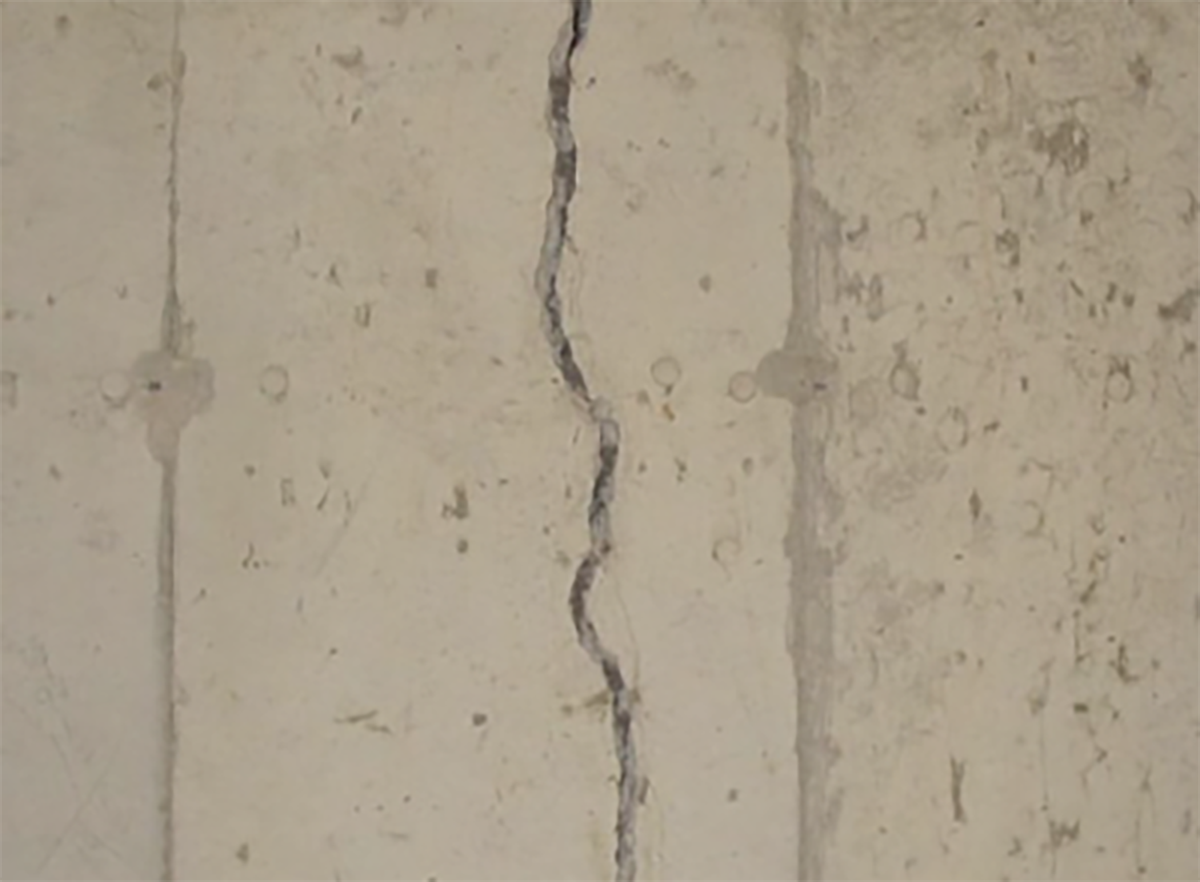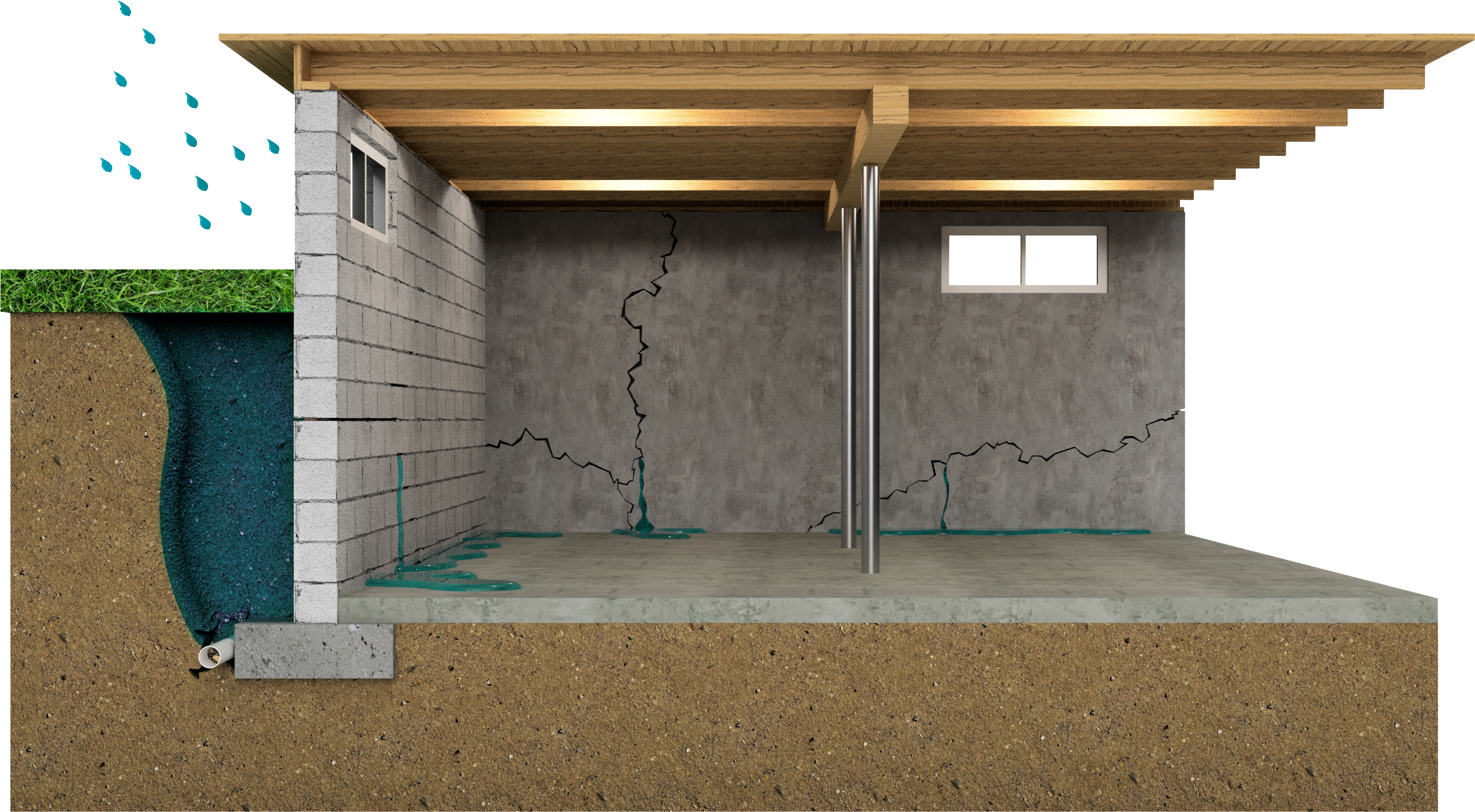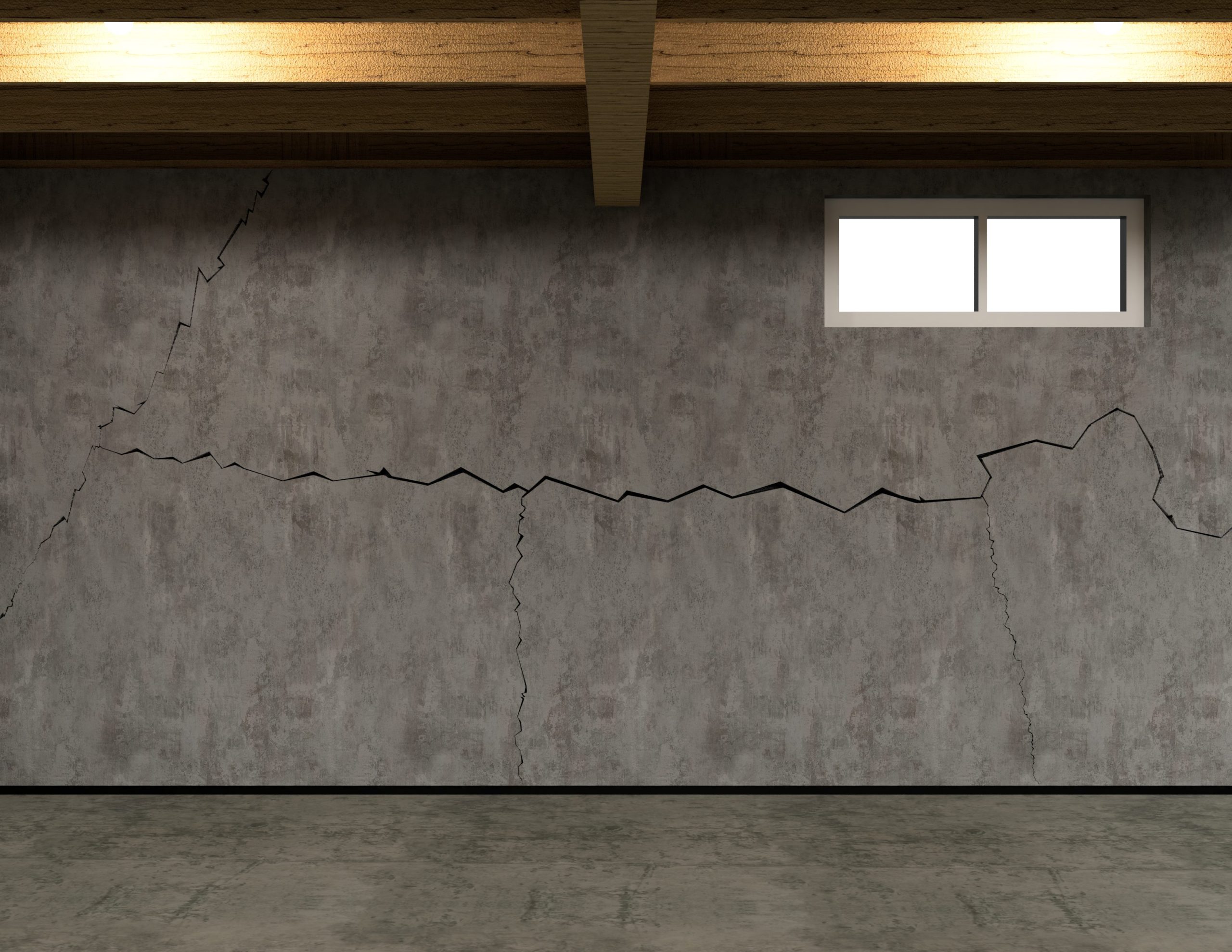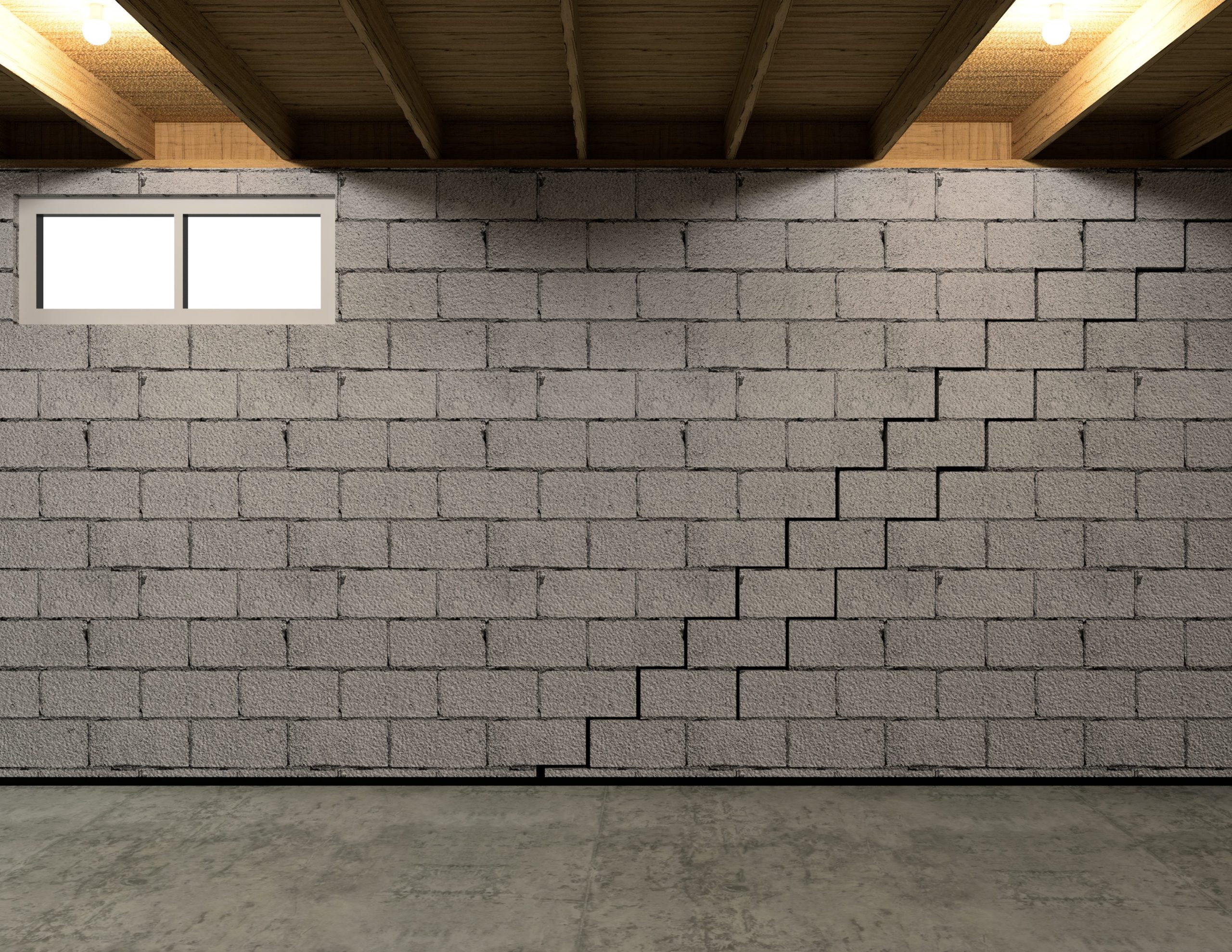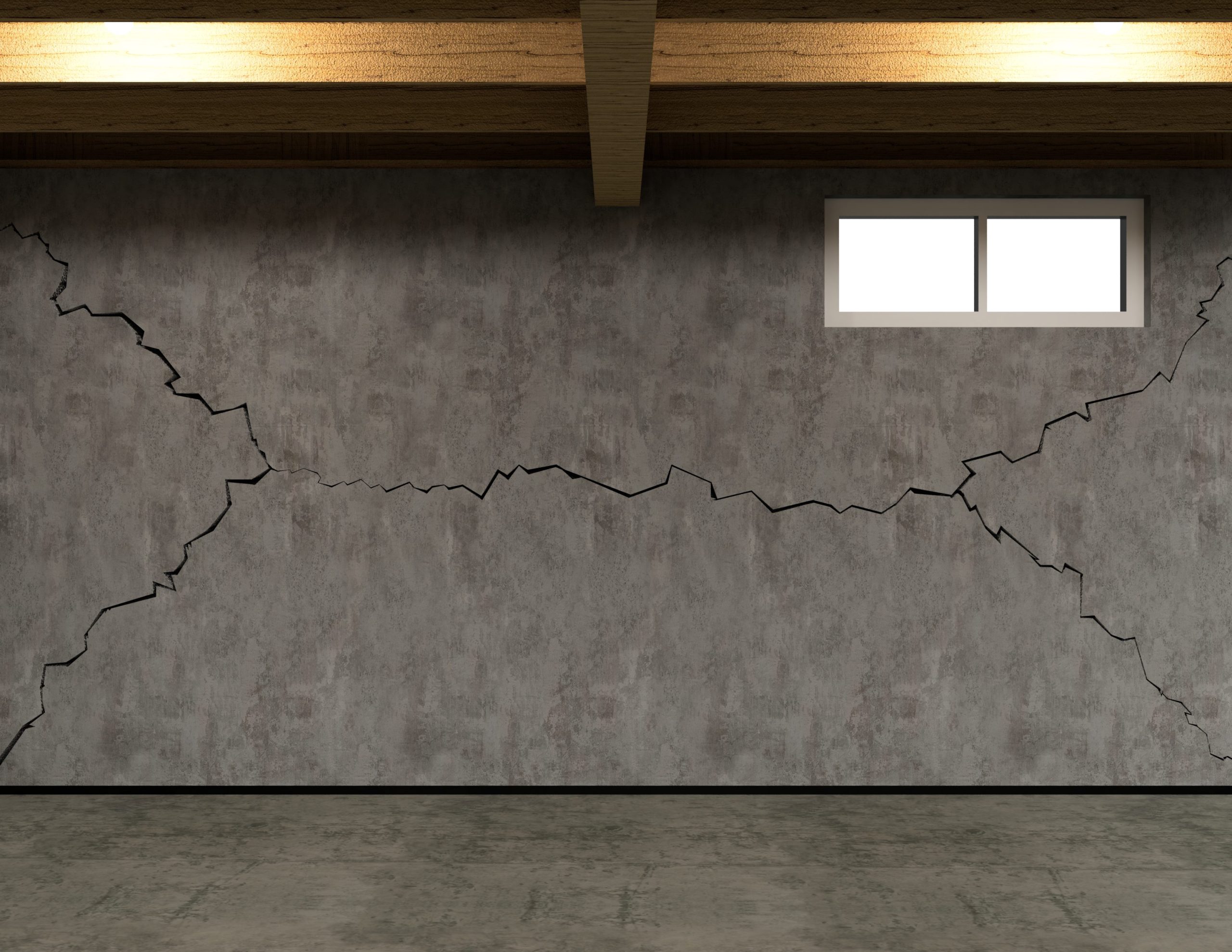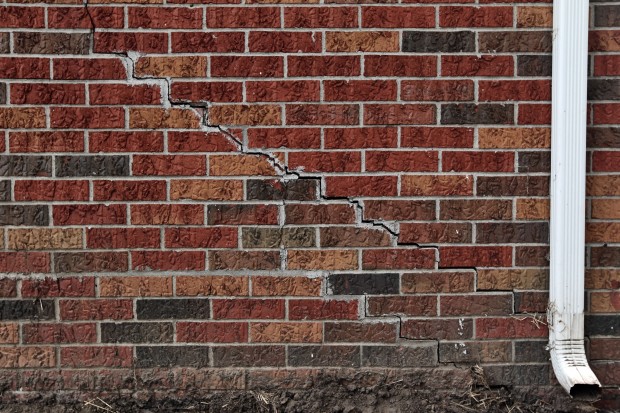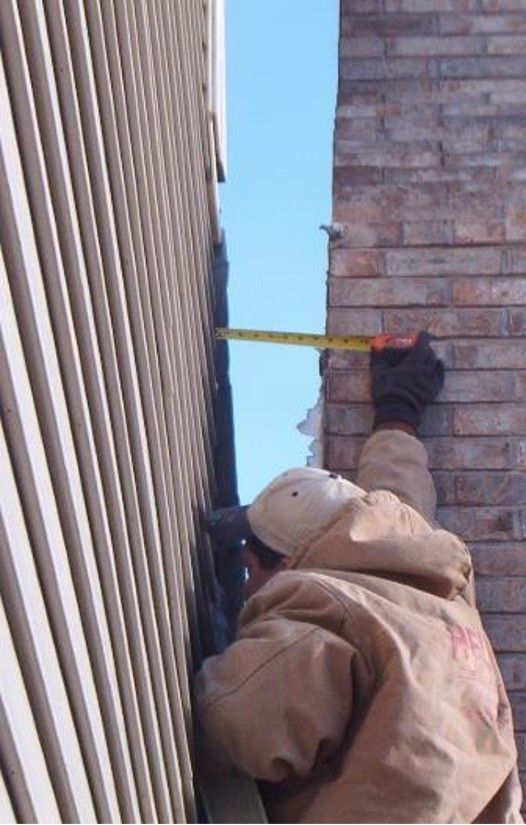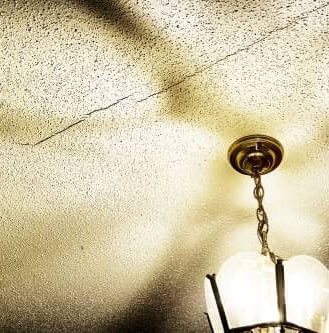When the crack is minor, you can use epoxy resin injections within the crack to fill and reseal the crack from the inside.
Many technicians use epoxy for these minor repairs because it starts as a liquid and can form to the crack. As it hardens, it becomes waterproof, preventing the crack from getting any bigger. Many times, you’ll see this resolution used to stop water.
Similar to the epoxy method, carbon fiber strips are used to bond the distance between the crack to increase the structural strength of your foundation’s concrete. These strips are most often used if your wall is bowing or if the cracks to be repaired are wider than a hairline.
